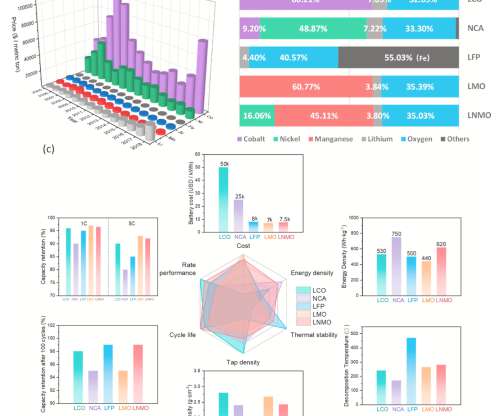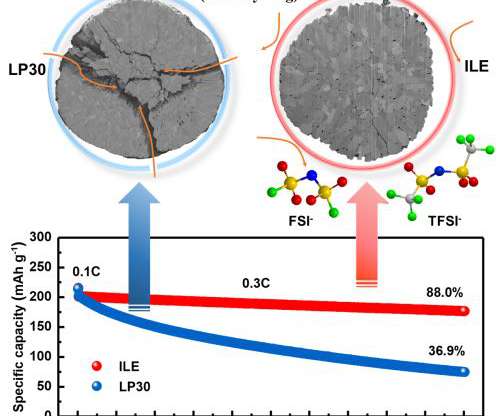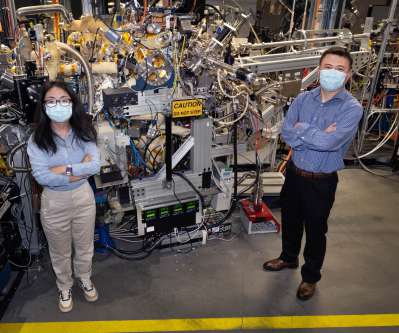New cobalt-free high-voltage spinel cathode material with high areal capacity
Green Car Congress
JULY 24, 2020
Researchers from the University of California San Diego (UCSD) and the University of Texas at Austin, with colleagues at the US Army Research Laboratory and Lawrence Berkeley National Laboratory, have developed a thick cobalt-free high voltage spinel (LiNi 0.5 —Li et al. (a) —Li et al. Earlier post.).


























Let's personalize your content